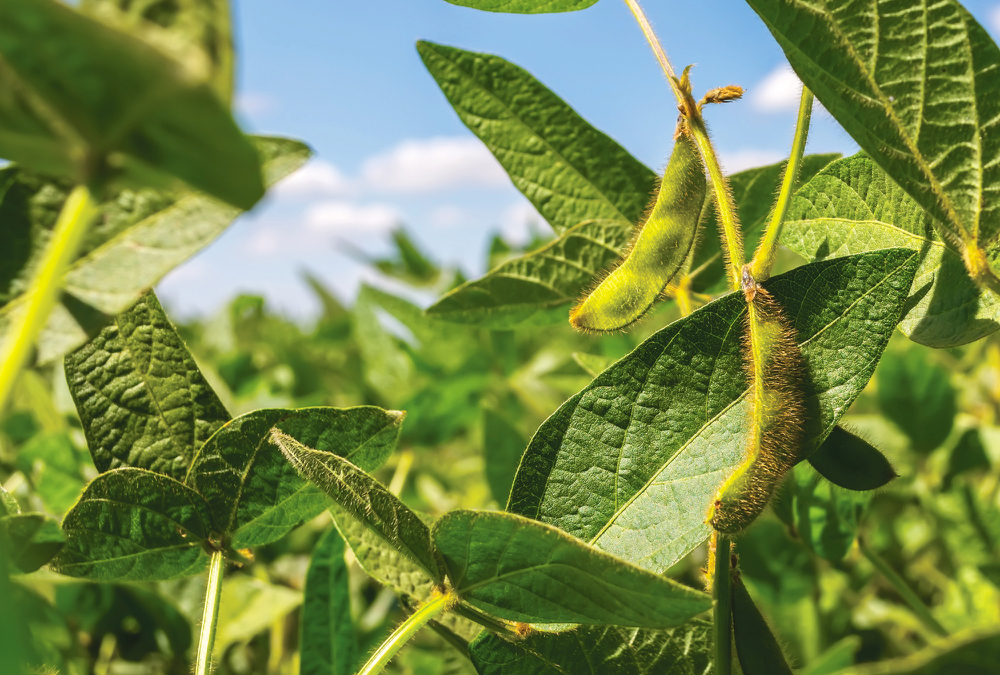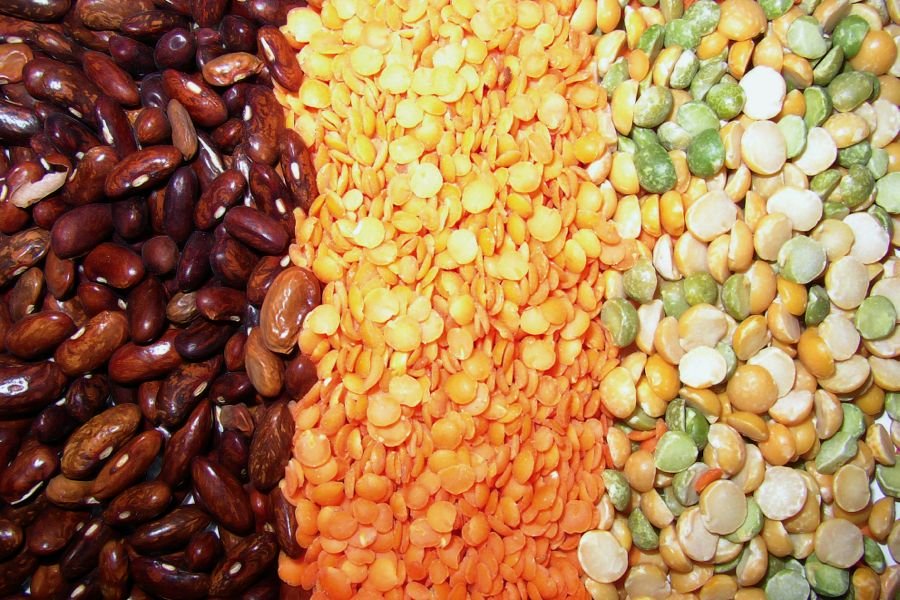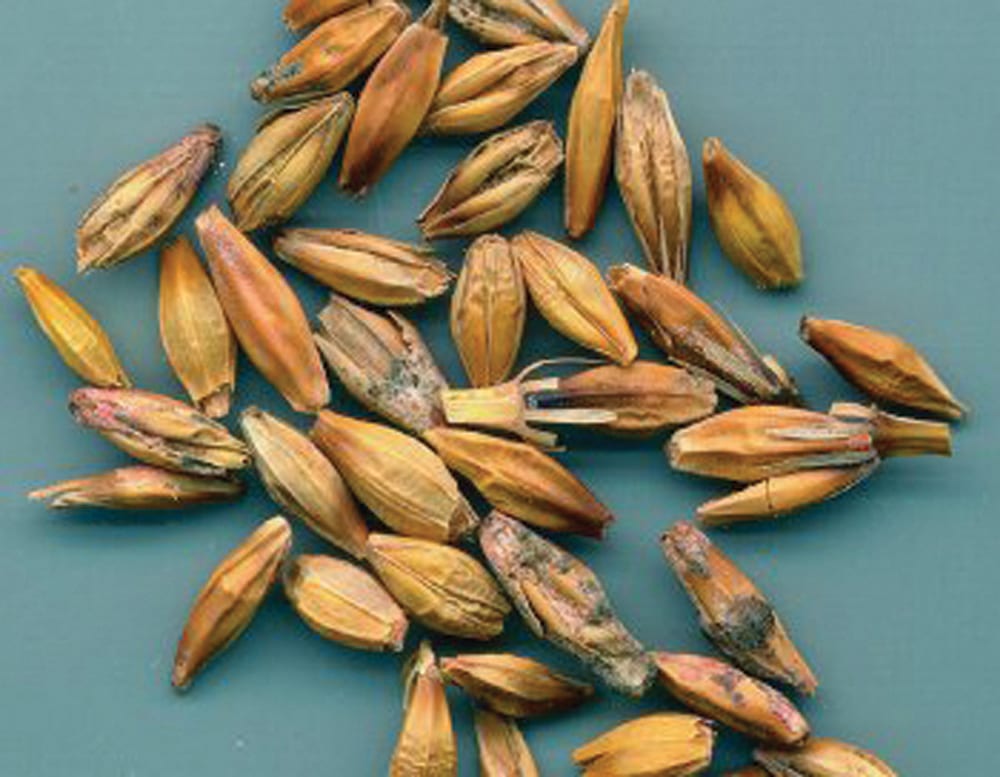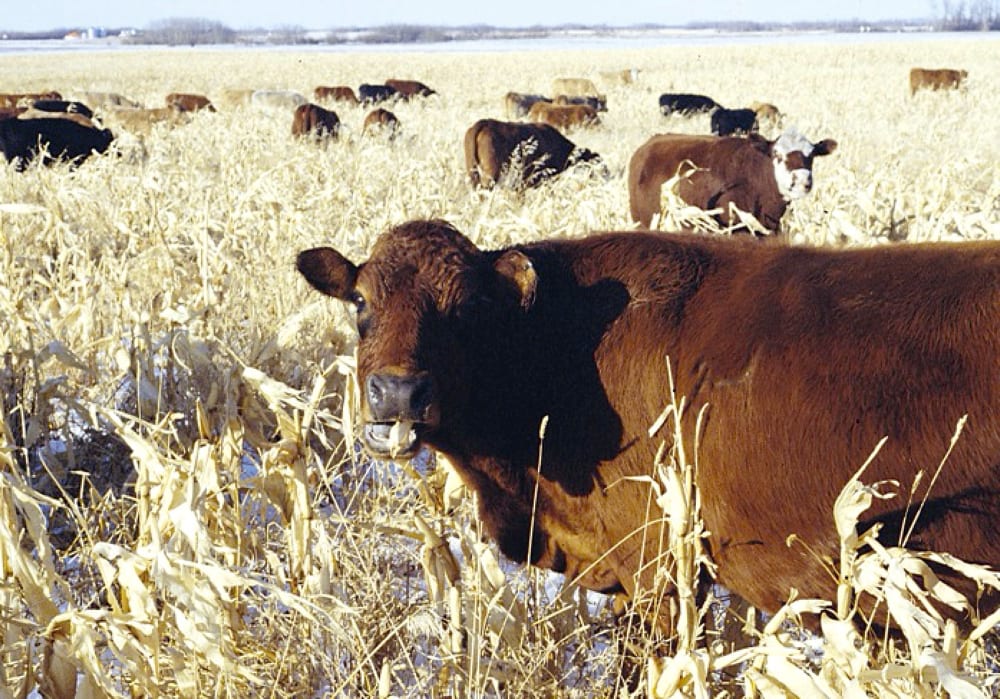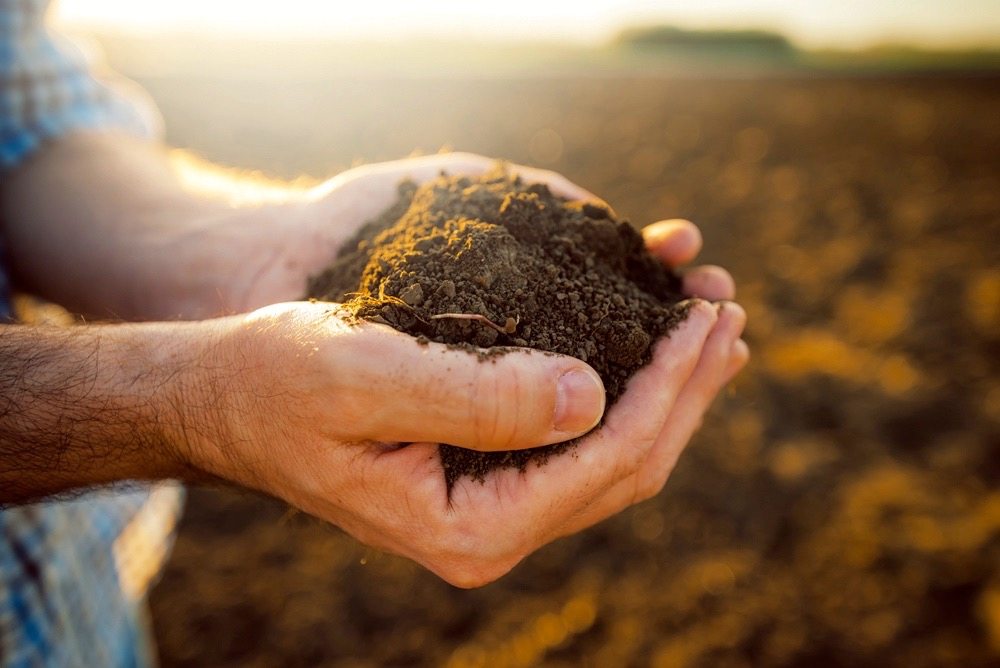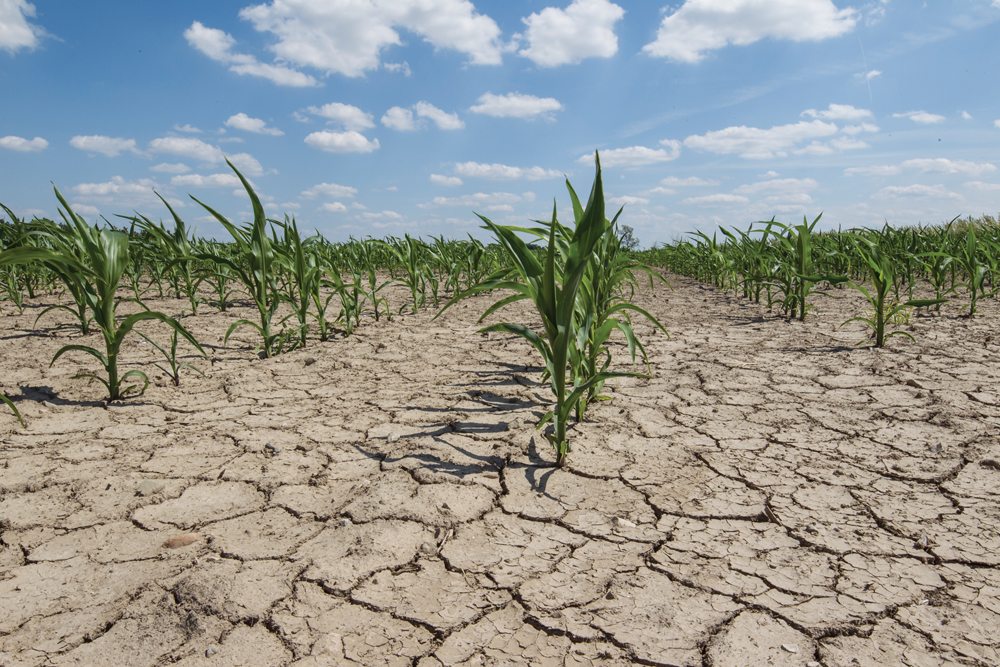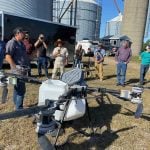Five Q and As on soil testing

Soil testing will help you give your crop the best possible start. Dr. Jeff Schoenau, soil fertility expert at the University of Saskatchewan, delivered a free webinar on soil earlier this winter.
Schoenau had answers to five common questions about soil testing and fertility.
1. How many samples?

Schoenau recommended gathering at least 15 individual cores per 80 acre field. If you want to create a single representative sample, you can merge those cores into a representative sample.
The more variable the field, the more cores you’ll need, Schoenau said. “Sometimes rather than trying to get a whole bunch of cores gathered together to represent that variability, I think you’re better off just looking at what the origin of that variability is.”
For example, farmers could keep samples from the low slopes and knolls separate, and have them analyzed separately.
2. Should I test for micronutrients?

If a field “is a bit of an unknown and has never been tested before,” Schoenau recommends testing “the whole package of macros and micros.”
Most micronutrient levels in soil are unlikely to change greatly over time. Schoenau said boron is an exception. Because it’s more mobile in the soil boron can vary season to season.
3. What about phosphorus deficiency?

If soil is highly deficient, farmers are likely to see an economic benefit after applying phosphorus fertilizer, Schoenau said.
In-soil placement methods are more efficient than broadcasting, but keep crop safety in mind.
“So that may involve separating out your application. Some in the seed row, some somewhere else.”
For example, a foliar application could “top up” the phosphorus in the plant. But, Schoenau said, the plant leaves are unlikely to absorb all the phosphorus needed.
Asked whether orthophosphates are more efficient than polyphosphates, Schoenau said any form of phosphate will be absorbed rapidly.
Polyphosphates will undergo hydrolysis to orthophosphates, and be absorbed similarly to orthophosphate fertilizers, Schoenau explained.
4. What errors are common?

The most common errors come from improper sampling and sample. This can also include simple oversights, such as filling out the wrong land description.
Cropping history, previous yield, residue management, and soil water storage are also “important pieces of information that you want to feed into the system so that you can get tailored recommendations back that are appropriate.”
Another common error is subtracting existing nutrient levels from recommended rates. Schoenau said “those nutrient levels in the soil have already been taken into account. You don’t need to subtract those levels from the recommended rates.”
Soil test reports typically include special comments that need to be looked at, Schoenau said. Those comments help farmers and agronomists interpret a recommendation that might include, for example, a range of rates instead of a single rate. Failing to read those special comments is another common source of error.
5. Could the test be wrong?

Soil tests are rarely done wrong, Schoenau said. Labs are accredited, with strict quality assurance measures. They’re also enrolled in proficiency programs, he said.
But it’s possible to throw off results by doing the wrong soil test — specifically “an inappropriate soil test for a region,” he said.
Some soil test extraction methods work better on certain soils. For example, a soil test appropriate for acid soils might not work for calcareous soils. An inappropriate soil test is more likely to be used when soil samples are sent out of a region for analysis, Schoenau said.
Asked which extraction methods are best for different pHs, Schoenau said the Olsen “would be entirely suitable for pHs six and above.” For more acidic soils, a Bray method would be more suitable, he added.
Schoenau added he wouldn’t necessarily recommend picking soil tests for phosphorus based on pH alone. For example, the Bray method needs to be calibrated for the crops a farmer wants to grow in his region. Farmers and agronomists should check whether there’s an extensive database for the extraction method.
Be sure to follow up

A good fertility assessment tool allows adjustments for the specific conditions on each farm, said Schoenau. Follow up to see how the soil assessment and prediction models performed with yield and fertilizer response.
“The correct fertilizer recommendation is determined in hindsight.”




